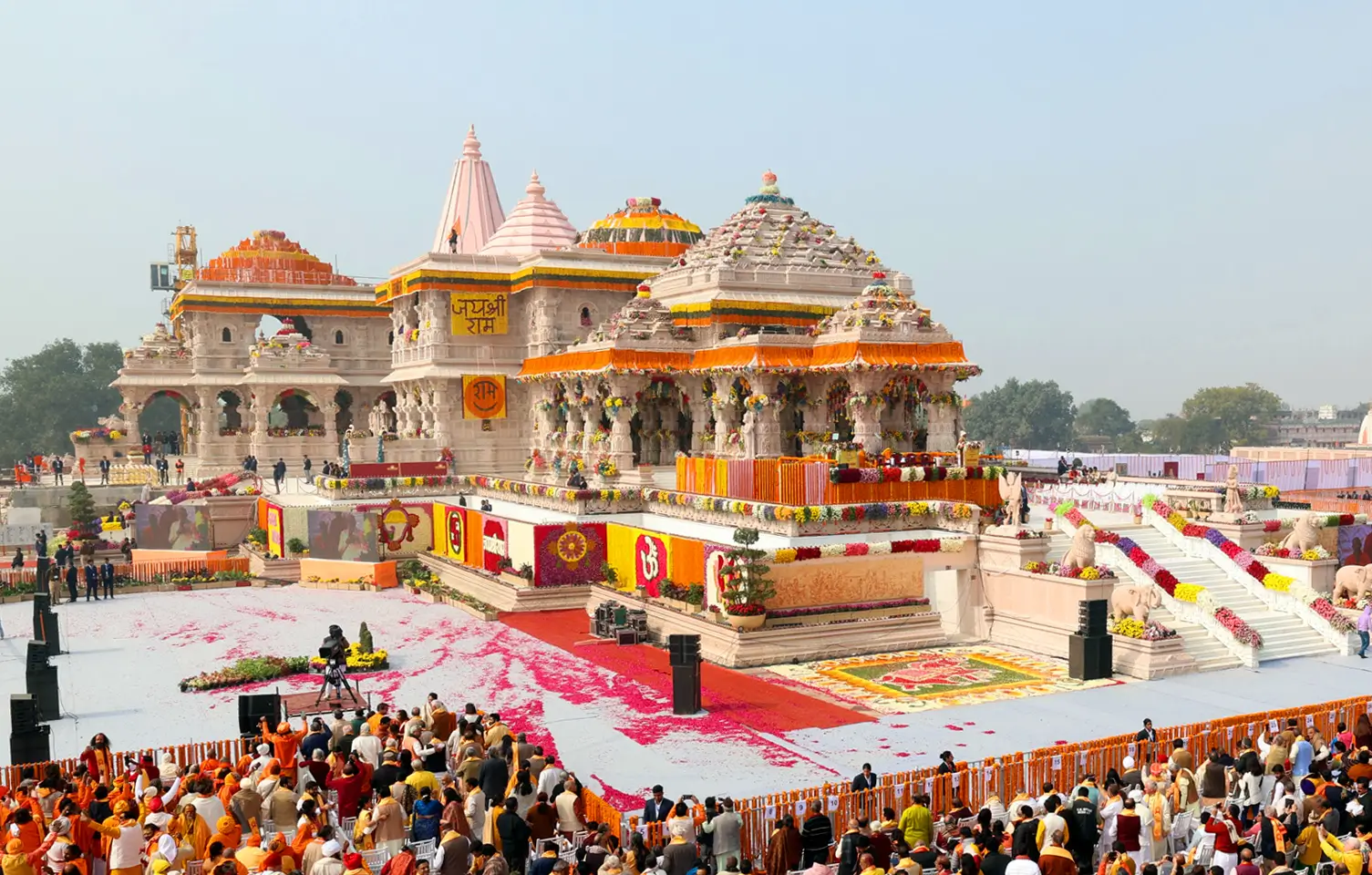

Associated with the birthplace of Lord Rama, Shri Ram Janmabhoomi Temple is surely one of the most popular tourist attractions in the city of Ayodhya. But apart from that, there are also many other tourist places that you can visit while in the city. These are holy places associated with Lord Rama and are considered to be equally important for the devotees, hence making it very auspicious for a visit
| Important Tourist Attraction | Distance from Ram Lala Temple |
|---|---|
| Hanuman Garhi | 1.3 km |
| Kanak Bhawan | 1.1 km |
| Choti Devkali Temple | 2 km |
| Sita Ki Rasoi Temple | 2.3 km |
| Sarayu River | 3 km |
| Guptar Ghat | 13 km |
| Shri Maniramdas Chhawni | 2.3 km |
| Shri Ram Lala Devasthanam | 1 km |
| Shri Rang Mahal | 1 km |
The most beautiful points of interest and places to explore near Ayodhya include the Ram Lala
One of the most renowned and historic towns in India, Ayodhya attracts tourists from every other corner of the world with its diverse tapestry of religious, historic, and cultural delights. The town, which is located on the shores of the Sarayu River, is the birthplace of Lord Rama and serves as an important hub of historic shrines, sacred sites, and magnificent building accomplishments. Ayodhya gives a journey across history and belief, from the lavish Ram Mandir, which remains as evidence of the sacred significance and historical splendour of the city, to the serene Hanuman Garhi, well known for its religious atmosphere and spectacular views.
The combination of modern spirituality and centuries-old tales of the city attracts tourists, who find consolation within the bustling streets and serene ghasts. Tales of the legendary Ramayan are woven through the unique story of the city, which provides guests with a comprehensive interception of myths and tales that shaped the cultural heritage of the city. Each spot in Ayodhya gives a new perspective into the colourful past of the city.
In Uttar Pradesh, Hanuman Garhi Temple, dedicated to Lord Hanuman, a mighty monkey god famous due to his eternal loyalty to Lord Rama, is situated in the sacred land of Ayodhya. Hanuman Garhi, which is situated on a hill, offers an expensive view of both the holy Ramjanmbhoomi complex and the rest of the city. The design of the temple is noteworthy due to its massive design, which represents the extensive innovative heritage of the area through its beautifully carved pillars and magnificent entryway. The devotees of Hanuman Garhi hold specific locations in their souls for the temple, as they think that by visiting there and offering prayers, they may receive divine blessings, bravery, and courage.
The location of the temple on the summit was allegedly chosen due to Hanuman ji because it is believed that he rested there while looking over the whole city of Ayodhya in the abode of Lord Rama. The main attraction of the temple for those people who come to seek peace and mental uplift is its rising goddess, who frequently appears in a position that combines both power and modesty.
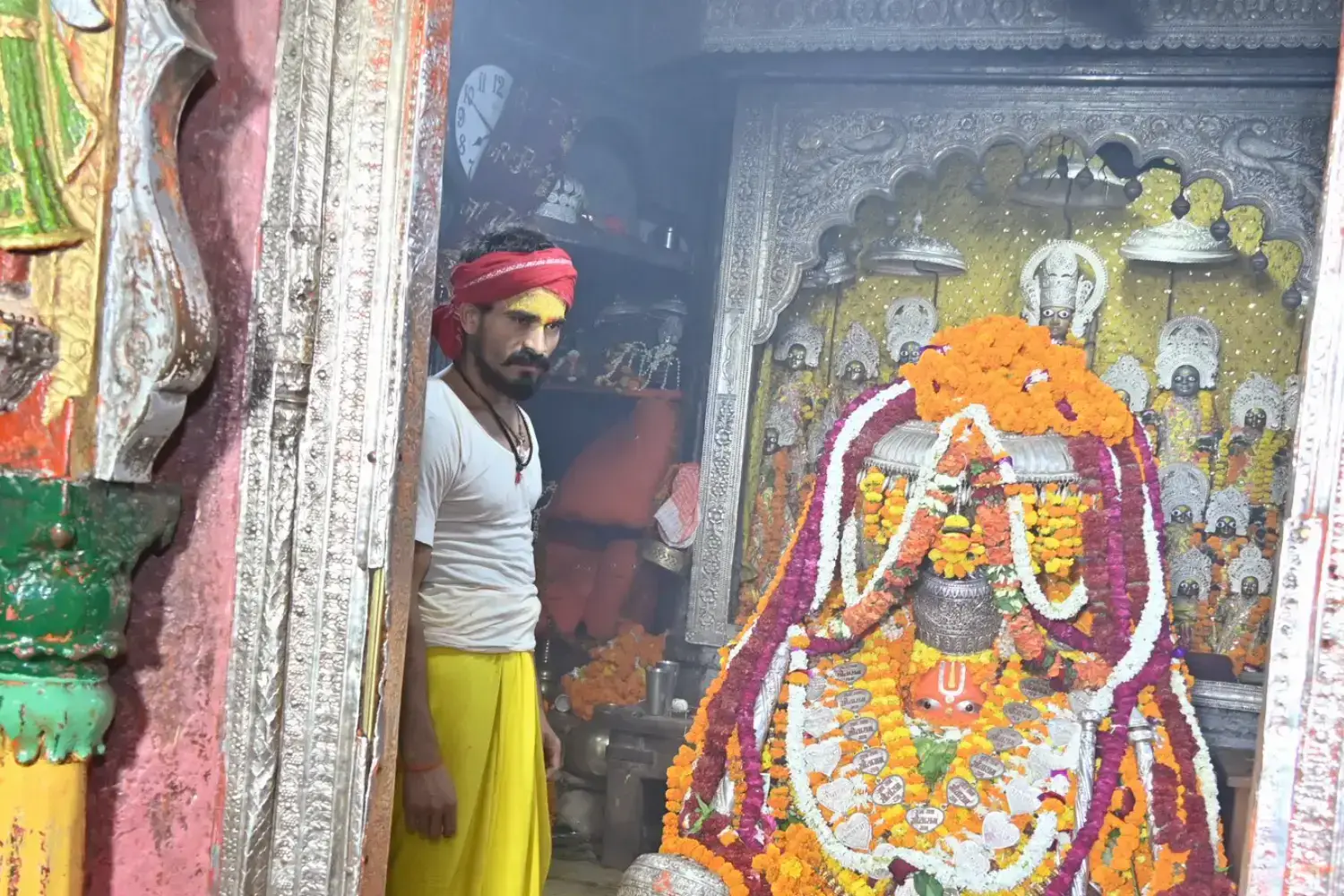
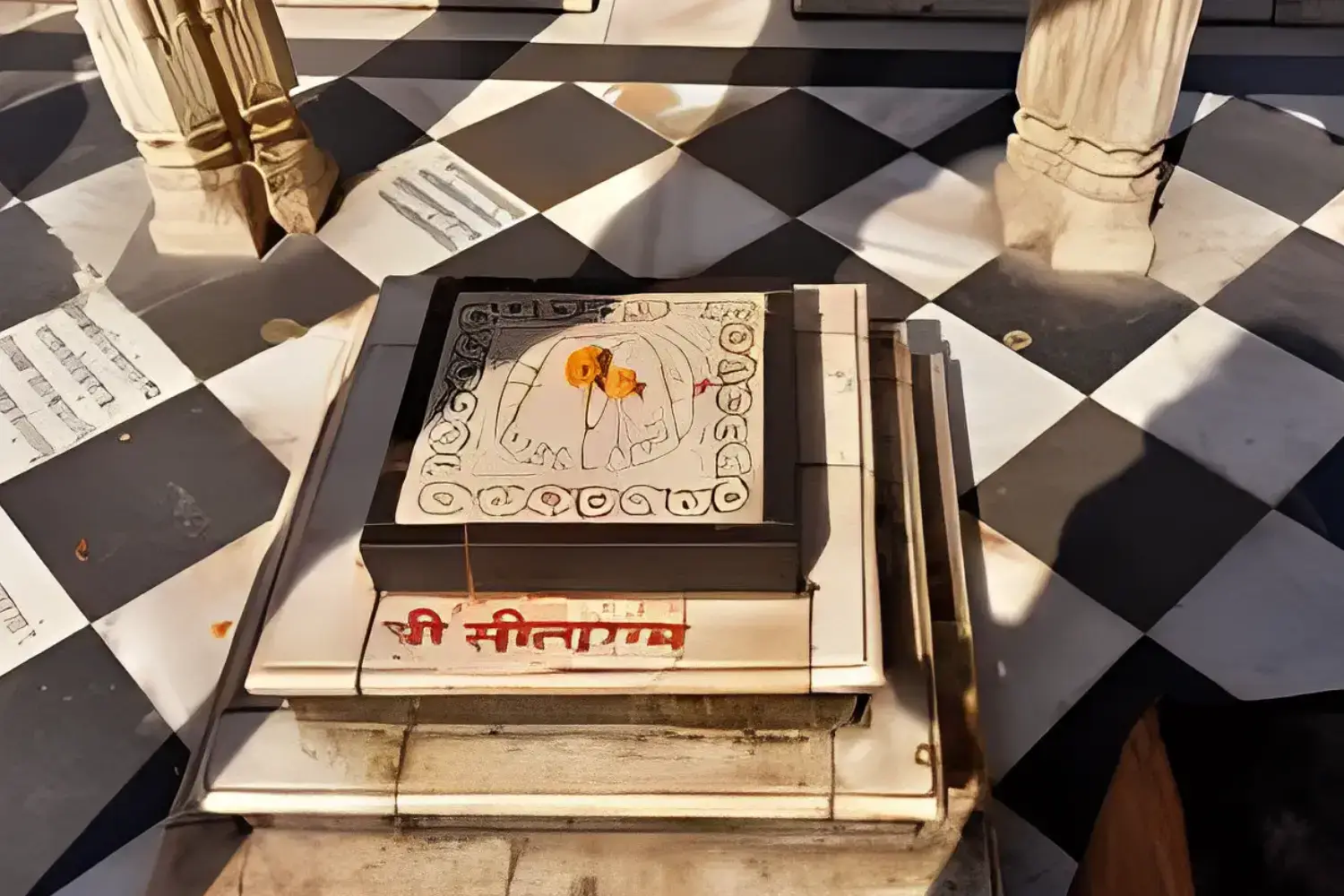
The most valuable and ancient temple dedicated to Lord Rama and his spouse, Kanak Bhawan is a renowned shrine and a top tourist place situated in Ayodhya. The name of the temple, “Kanak Bhawan,” means “Golden Palace,” which speaks both of its splendour and the wealth associated with it. It is believed that the shrine was initially built by Queen Kayeki of the Ikshvaku dynasty as an elegant palace for Lord Rama and Sita after their exile. Reconstructed in the 19th century, the present-day Kanak Bhawan structure is renowned for its complex architecture and beautiful design, which combines modern and traditional elements.
The lovely statues of Lord Rama and Sita, dressed up with lavish attire and jewellery, reside in the main chamber of the temple and add to its beautiful aspects. Lord Rama’s idol has a serene look, and the image of Sita Mata radiates elegance and grace. The beautiful paintings and carvings on the walls of Kanak Bhawan and its ceilings are instances from the Ramayan. Devotees who come to Kanak Bhawan to offer prayer and take blessings hold a specific place in their hearts for this temple.
Situated in the sacred town of Ayodhya, the Choti Devkali temple devoted the goddess Devkali, a symbol of the pure feminine effect that is adorned in Hinduism. The ancient temple is an epicentre for pilgrims seeking comforts and prayers and has significant historic and religious significance. A location with great historic significance, the shrine is believed to have been established during the era of Lord Rama, as per the local tales. The Choti Devkali goddess is presented as an effective and compassionate goddess who symbolizes bravery and empathy. The building of the temple is an indication of the traditional architecture of Hindu temples.
The devotees are welcomed to pray and meditate in the peaceful and serene setting of the temple, which offers an atmosphere of meditation and prayer far from the hustle and bustle of Ayodhya. The Choti Devkali temple gains immense significance throughout the nine-night Navratri festival, which celebrates the Goddess Durga.
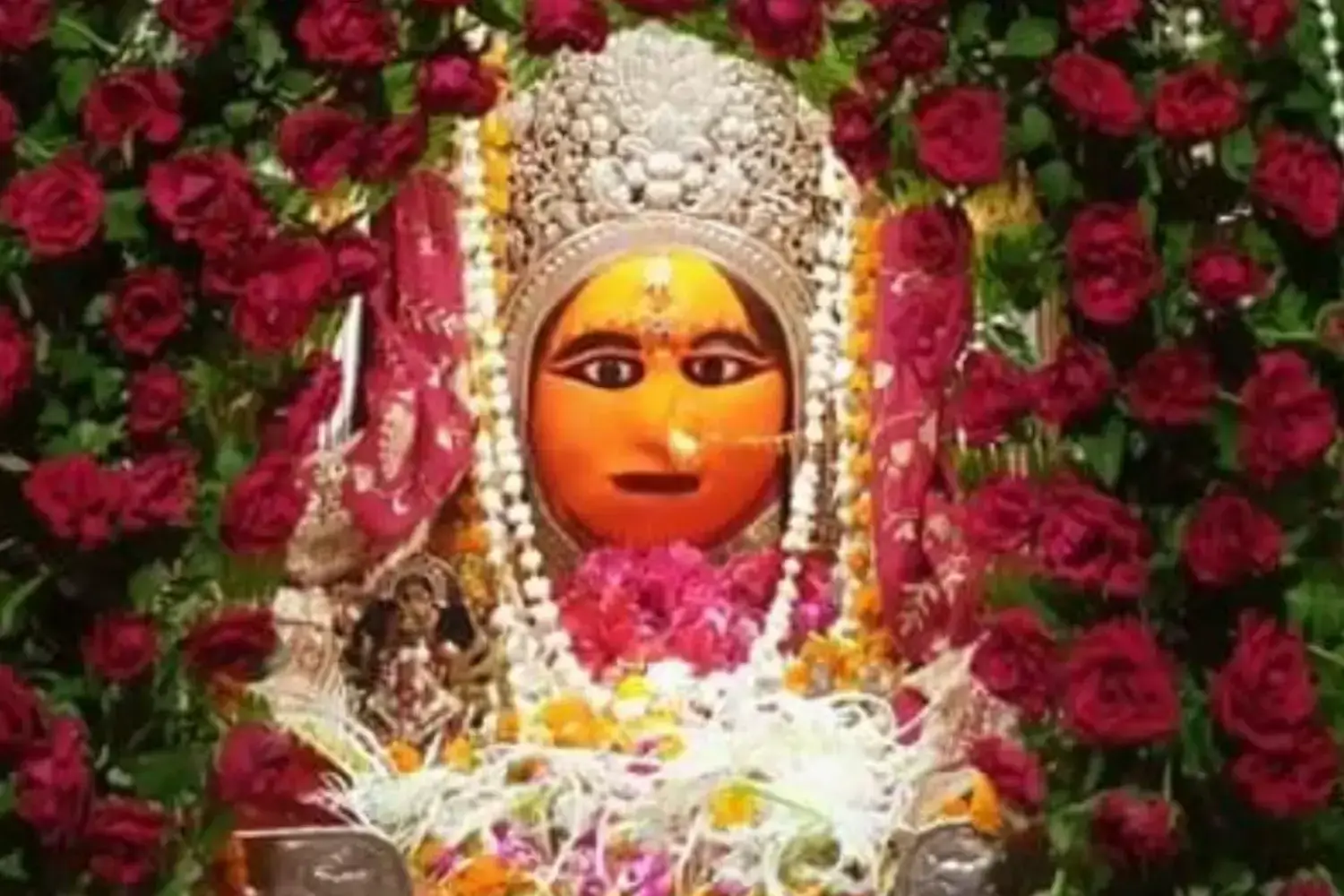
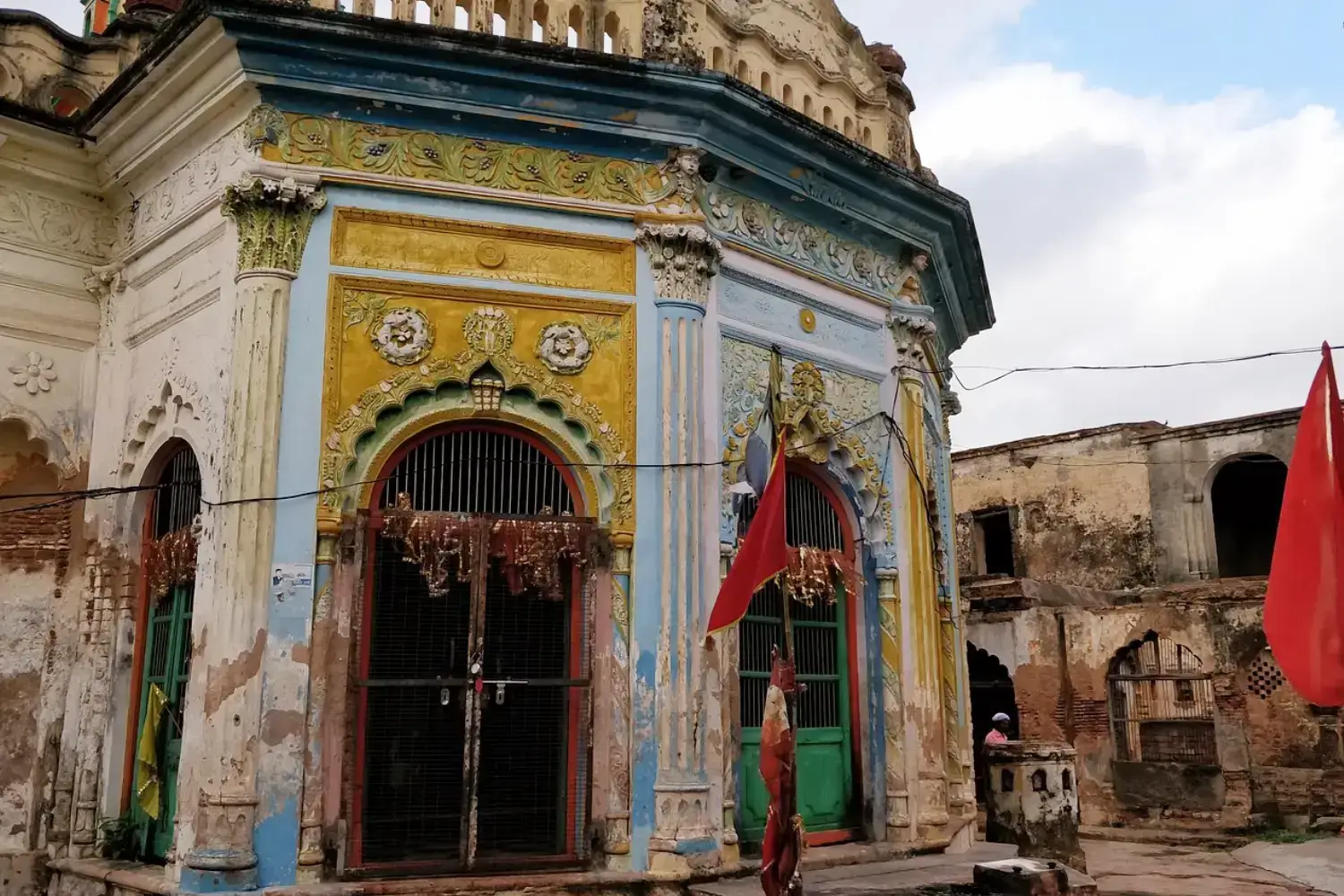
Ayodhya’s Sita Ki Rasoi, also known as Sita’s Kitchen, is a culturally and religiously significant shrine renowned for its association with Sita, the beloved wife of Lord Rama. Situated in the larger compound of the Ram Janmabhumi, the shrine is believed to be the precise spot where Sita prepared meals for Lord Rama and his companions during their time of exile. The architecture of the temple is simple but noticeable, with modest yet elegant features that highlight its religious purpose rather than its lavishness and makes it popular tourist attraction in Ayodhya. A concrete link to the holy tale is rendered feasible by the sanctum of the temple.
Additionally, to offer their prayers and seek blessings, tourists and pilgrims visit Sita Ki Rasoi to feel an overwhelming feeling of attachment to the incidents of the Ramayana. The shrine commemorates the story of great dedication to Lord Rama of Sita and provides a place for meditation and adoration to the guests.
The historical city of India is connected by the Sarayu River and has significant cultural, historical, and religious significance. Recognized as one of the holiest rivers of Hindus, the epic tale of the Ramayana is closely linked to it. According to the legend, Lord Rama, who was the seventh avatar of Lord Vishnu, finished his earthly mission and went to his heavenly home in the Sarayu. The river signifies holiness and devotion alongside an actual aspect; it is believed that waters can make amends for misdeeds and offer religious virtue. The serene and beautiful surroundings of the river add to the attraction, which provides an idyllic haven for anyone seeking comfort and emotional connection.
The Sarayu continues to be the centre of the cultural life of Ayodhya today, attracting both tourists and pilgrims who visit to witness the lovely river while taking in the centuries-old rites that are carried out here. A unique cultural and religious tapestry is enhanced by the continuing heritage of the river as a holy site, making it a vital part of the persona of the city.

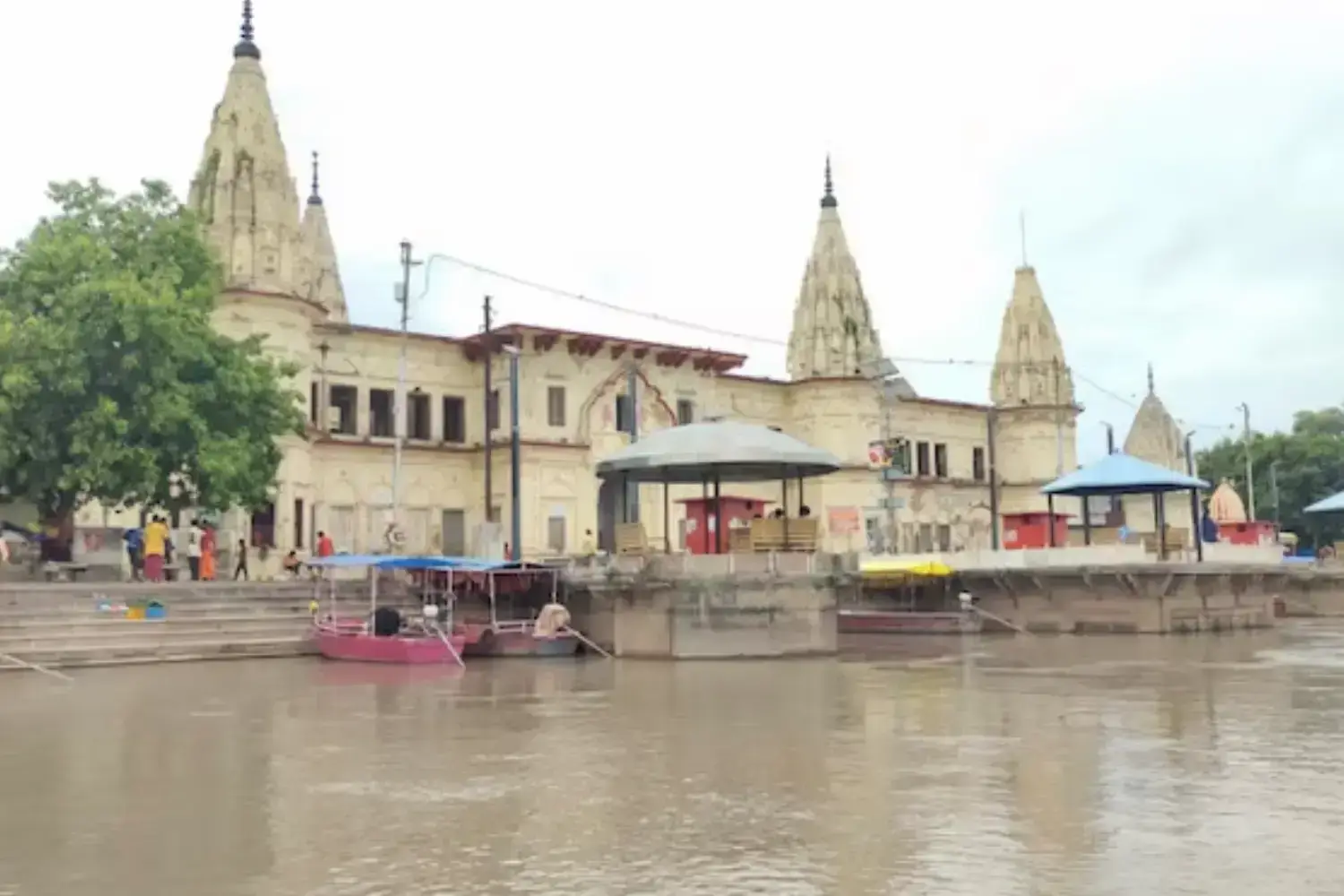
One of the most renowned locations, Guptar Ghat is situated on the serene bank of the Saryu River in Ayodhya. The story of Lord Rama has a strong connection with this ghat since it is believed that this is the same spot where Lord Rama went to Vaikunath, his divine dwelling, marking the final chapter of his mortal existence. Additionally, to its deep religious significance, the ghat is a peaceful spot for meditation with vast river vistas, especially during the sunrise and sunset. The peaceful ambiance of the Ghat attracts pilgrims and visitors who visit to engage themselves in traditional showering, prayer, and meditation seeking spiritual relief and a deep connection to the divine.
Guptar Ghat is a prominent tourist destination in Ayodhya Dham for worshippers and an idyllic heaven for anyone who visits. This temple is a tribute to the unique culture and religious past of Ayodhya, which represents the eternal respect associated with Lord Rama and the Saryu River.
Nestled in the sacred city of Ayodhya, Shri Maniramdas Chhawani is a renowned ashram that has significant religious and significant importance. For centuries, this ancient ashram has served as the hub of devotion, learning, and charitable giving. The temple carries the name of Mahant Shri Maniramdas ji, the famous saint and freedom fighter. The Ram Janmabhoomi campaign and the Ashram are strongly connected; the ashram provided an essential basis for the activities of the organization as well as the ongoing struggle for the recovery of the birthplace of Lord Rama.
Magnificent temples celebrating many deities adorn the ashram, which attracts supporters from all over India because of its daily rituals and distinct festivals. The ashram is famous for its charitable projects that reflect the welcoming and loving principles of Hindu philosophy.
Constructed under the oversight of Raghvacharya Guru, Ram Lala Devasthanam is a sacred temple that glorifies Lord Rama in his child form. He was believed to be the rebirth of the Lord Vishnuis, known as Shri Ram Lala Debasthanam. The prominent religious figure Raghvacharya Guru was involved in the foundation of this sacred site, witnessing it develop into an important centre of spiritual growth and attachment. This temple is located in the sacred city of Ayodhya and draws worshippers from every corner of the world who seek to connect with the heavenly spirit of Lord Rama when he was just a small boy. For countless devotees worldwide, the temple is a significant representation both culturally and spiritually. Ayodhya has frequent connections to the epic Ramayana, which makes it one of the most prominent spiritual destinations and must-see places in India. The heritage of the temple is deeply linked to the entire Hindu community’s enduring religious beliefs and age-old customs.
As an example of the strong connection that exists in India within national identity and religion, Shri Ram Lala Devasthanam is the goal of Raghvacharya Guru who wanted to set up a sacred site where wherein everyone who are desiring for spiritual awakening may learn the principles of Lord Rama. The temple represents the everlasting lessons and values of Lord Ram and serves as an emblem of social harmony and spiritual peace.
A place with great cultural and historical value, Rang Mahal, situated in Ayodhya, has a strong connection with the story and heritage of Lord Rama. Part of the greater Ram Janmbhoomi complex, this ancient structure is believed to be the childhood residence of Lord Rama. The title “Rang Mahal,” which means “Palace of Colors,” perfectly conveys the spirit of this magnificent and lovely structure, which was once adorned in complex artwork and outstanding paintings that depicted the episodes from the Ramayana. The building symbolizes the abundance and grandeur of the portrayal of former Ayodhya Kindgdom.
It is believed that Rang Mahal was the private living space for Lord Rama and his brother, where they had been raised under the care of their parents, Queen Kaushalya and King Dashrath. Although the initial layout of Rang Mahal has evolved throughout the ages, pilgrims and guests have specific memories in their hearts for it.
Every guest in Ayodhya Dham sightseeing tour can expect an extensive selection of experiences, as this place has tremendous past, religious significance, and social-cultural value. Adorned with the everlasting stories of the Ramayana are the attractions of Ayodhya for tourists, which involve the renowned Shri Ram Lala Devasthanam, the ancient Rang Mahal, and the Sarayu River. Discover the traces of Inida’s most famous characters, Lord Rama, which draw their devotees and believers, including historical enthusiasts and cultural visitors.
Check out our well-designed and meticulously planned Ayodhya tour packages and get the best holiday deals when booking with us. Fill out the enquiry form for more details.